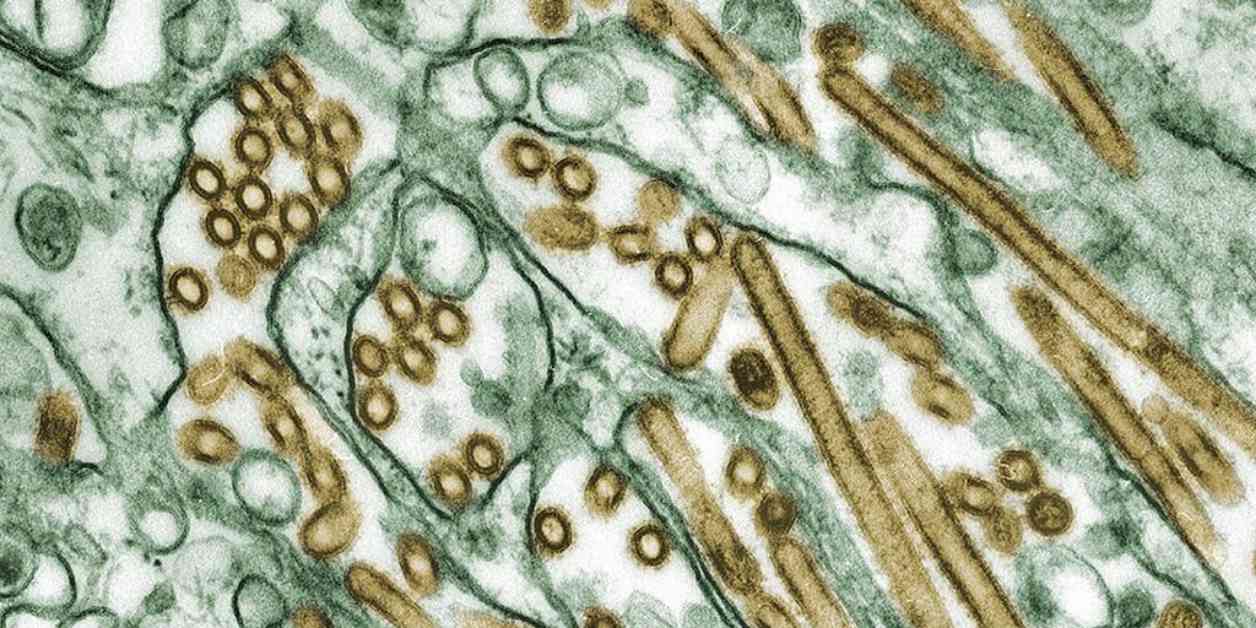Washington State is currently facing a new challenge as four cases of bird flu have been reported. The Centers for Disease Control and Prevention (CDC) has issued an alert regarding this outbreak, raising concerns about the potential spread of the illness to other agricultural workers in the United States. The disease, also known as avian influenza A (H5N1), was found in four agricultural workers in Washington state, according to the Washington State Department of Health (WADOH). These workers are employed on an egg farm in Franklin County.
The individuals affected by the bird flu experienced mild symptoms and have been provided with antiviral medication. Testing is currently underway for additional individuals on the farm, and the number of cases under investigation may change as more information becomes available. This marks the first presumed human cases of the H5 virus under investigation in Washington state. In response to the outbreak, over 800,000 birds were euthanized after testing positive for avian influenza.
Washington state is now the sixth state in the U.S. to report human infections of H5N1. This highly pathogenic avian influenza has been detected in poultry, dairy cattle, and wildlife. The state has been closely monitoring the spread of the virus since it was first detected in poultry in 2022. Washington Secretary of Health, Dr. Umair Shah, emphasized the state’s preparedness to minimize the impacts of the outbreak on the community.
Avian influenza naturally occurs in wild aquatic birds and can spread to other birds and mammals. While the CDC considers the risk to the general public from H5N1 avian influenza to be low, individuals with job-related or recreational exposures to infected birds or animals are at a higher risk and should take necessary precautions, such as wearing personal protective equipment.
It is crucial for the public to stay informed about the developments of the bird flu outbreak in Washington state and follow guidance from health officials to prevent further spread of the disease. Authorities continue to monitor the situation closely and take necessary steps to protect the community from the risks associated with avian influenza.




